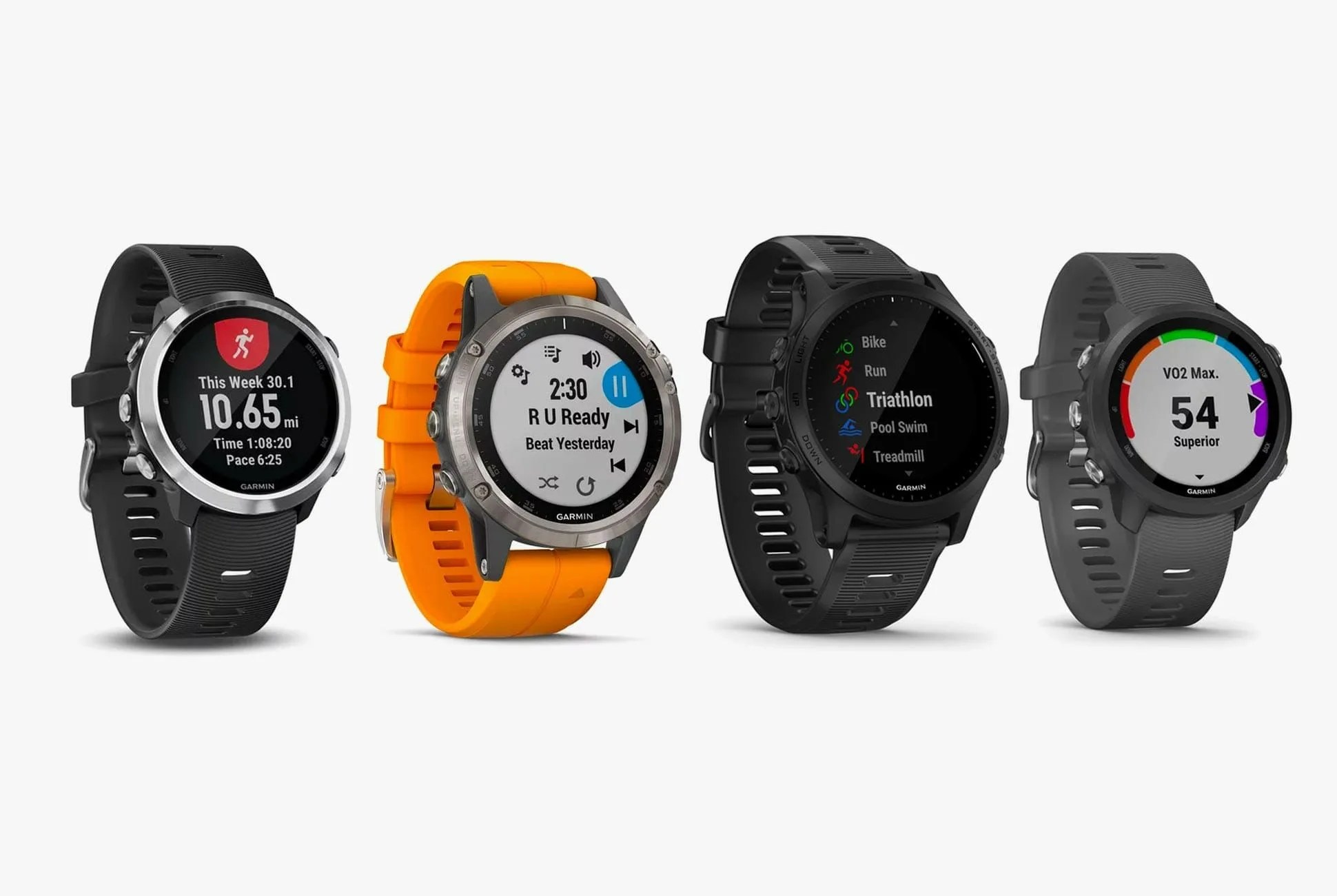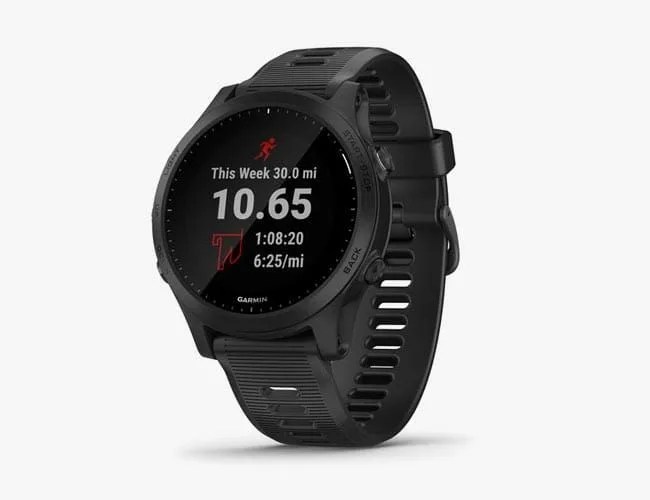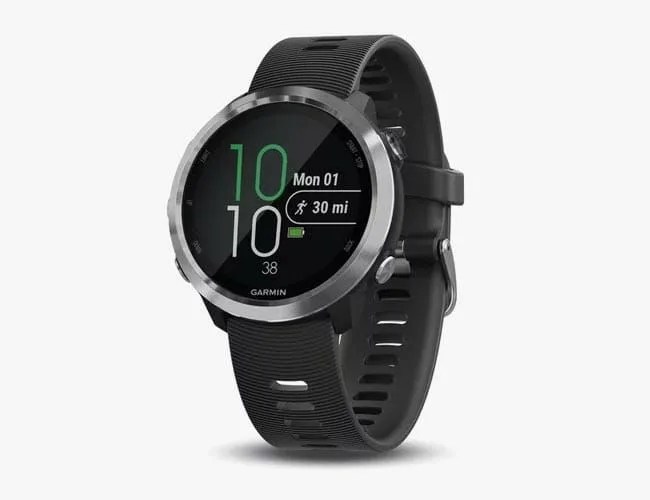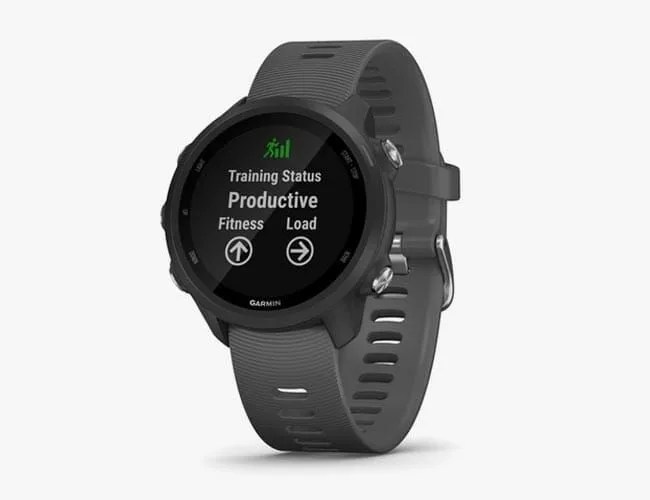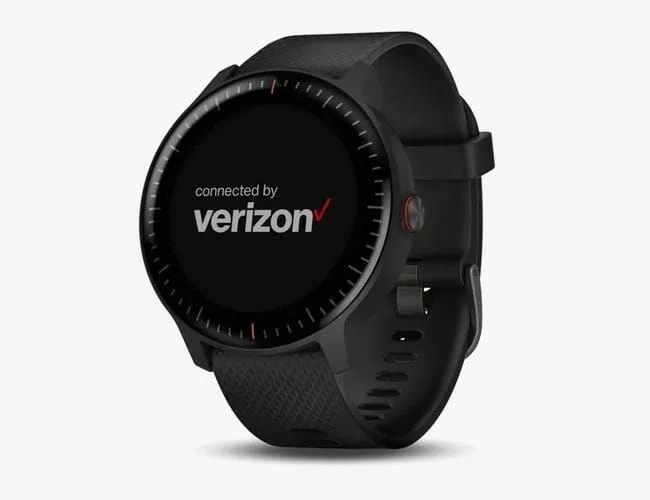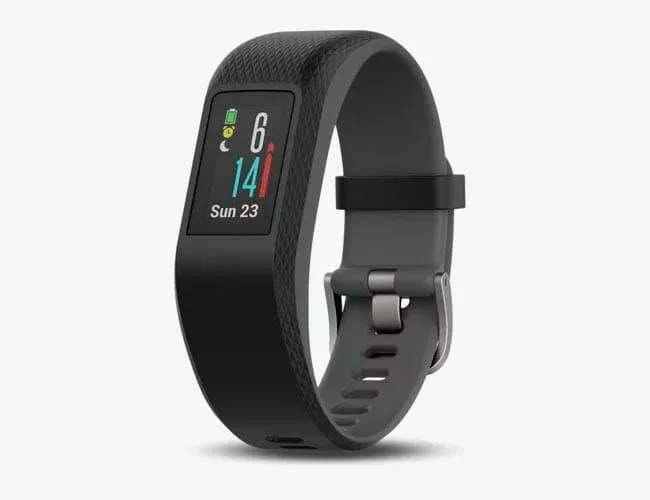Welcome to Brand Breakdown, a series of comprehensive yet easy-to-digest guides to your favorite companies, with insights and information you won’t find on the average About page.
Founded in the late 1980s by Gary Burrell and Min Kao, Kansas-based Garmin specializes in GPS-based devices that aid navigation in cars, planes, shipping and much more. Their products are ultra-tough, built for professionals working in the most rugged and demanding situations, and trusted in every corner of the world.
Garmin’s running offerings are characterized by the same durability, reliability and intuitive interfaces that have made their products such winners for decades. Today’s connectivity options are many, and while GPS remains at the core of Garmin’s running watches, they’ve also incorporated Glonass and Galileo geopositioning to assist GPS, as well as Bluetooth, cellular, WiFi and ANT+. Not every model connects the same way, so use the buying guide below to help find the model that does what you want and need it to.
As far as fitness tracking goes, Garmin hangs tough with Casio, Apple, Samsung, FitBit and all the other big players, and there’s really nothing missing on a Garmin running watch when compared to other brands. You’ll also robust features, such as Pulse Ox which measures your blood oxygen levels (a boon for those competing and training at varying altitudes), V02 Max readings and standard readings such as heart rate, distances, steps and so on. All Garmin’s running watches are waterproof, so the triathletes and swimmers among us can dive in without a worry, and the general durability of Garmin watches is truly unrivaled.
Below is our guide to the entire current lineup of Garmin running watches. While there are a few models that we haven’t covered that could substitute as running watches, it is these core lines — the Fenix, the Forerunner and the Vivosport — that Garmin has tailored to the endurance athlete. Whether you’re a casual jogger or an international marathon competitor, you’ll find a watch that’ll take your workouts into the 21st century with elaborate data streams, both in real-time and then charted after the fact for deep analysis.
Fenix Models
Fenix Plus 5X
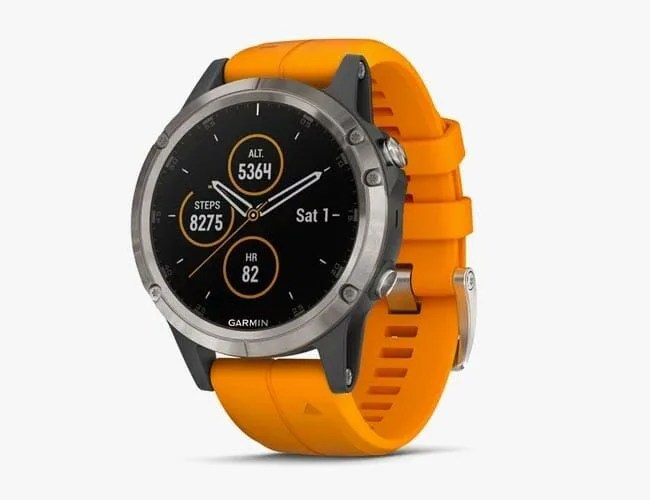
At the top of the Garmin lineup of running watches is the Fenix Plus 5 series. There are three models, the 5S, 5 and 5X. They measure 42mm, 47mm, and 51mm, respectively. Made from titanium and sapphire, housing three-axis location sensors, GPS-enabled topographic maps, streaming music and Garmin Pay, you can go out for a run with just this watch and lack nothing but a cellular connection (see the Vivo series below for that). Bluetooth connectivity assures that you can download and analyze the elaborate fitness tracking data in lush graphs that help you make your training as accurate and beneficial as possible. For those venturing outside GPS broadcast zones, Glonass and Galileo networks will pick up where GPS left off. Those working in variable altitudes will want to opt for the Pulse Ox upgrade (select at checkout), which reads your blood oxygen saturation level, an essential data point for anyone exerting themselves at high altitudes. Pulse Ox offers insight previously only available to elite athletes with large budgets, but now anyone serious about monitoring proper recovery after endurance events (even when altitude remains the same) can alter their efforts for the win.
